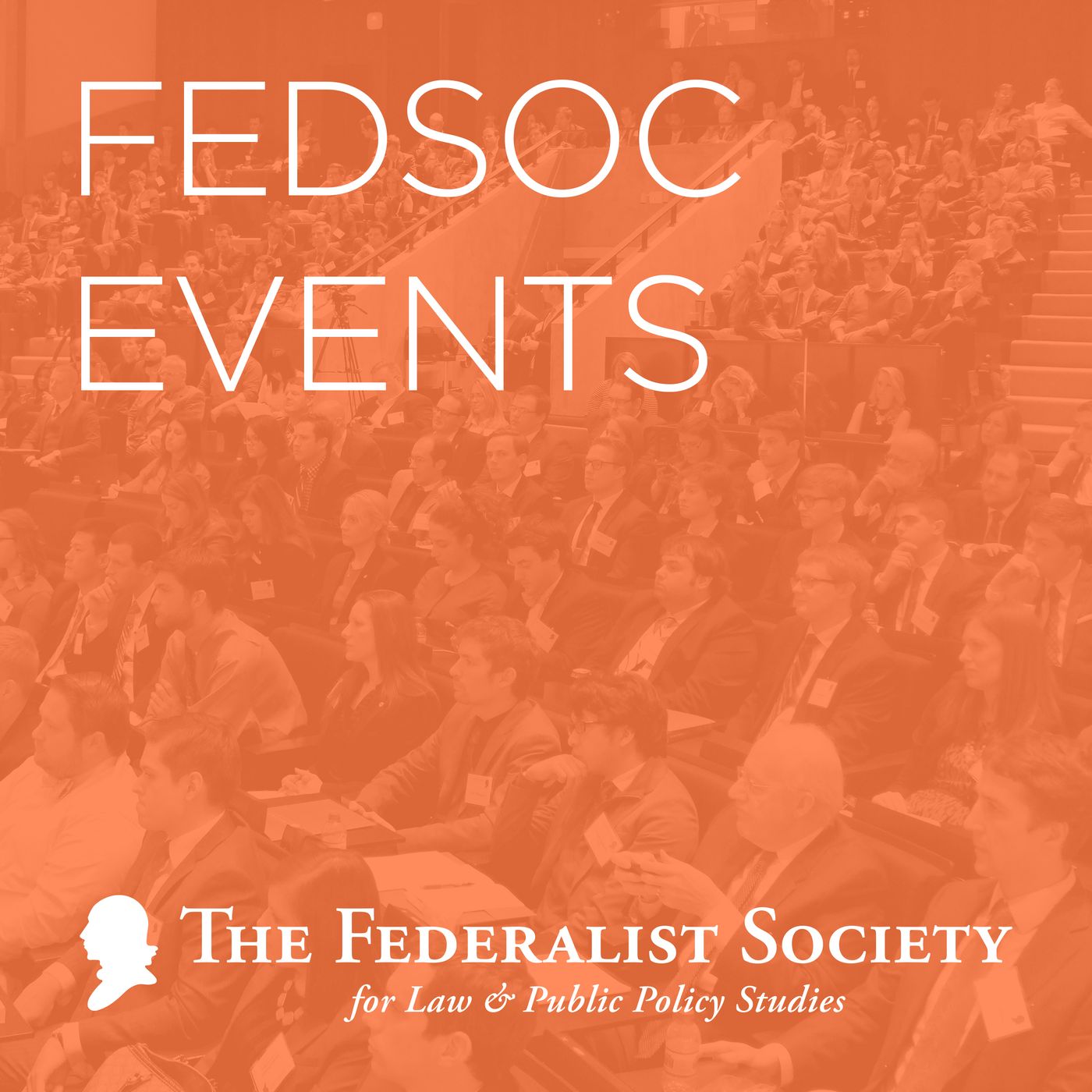- News
- Politics
- SEE MORE
- classical
- general
- talk
- News
- Family
- Bürgerfunk
- pop
- Islam
- soul
- jazz
- Comedy
- humor
- wissenschaft
- opera
- baroque
- gesellschaft
- theater
- Local
- alternative
- electro
- rock
- rap
- lifestyle
- Music
- como
- RNE
- ballads
- greek
- Buddhism
- deportes
- christian
- Technology
- piano
- djs
- Dance
- dutch
- flamenco
- social
- hope
- christian rock
- academia
- afrique
- Business
- musique
- ελληνική-μουσική
- religion
- World radio
- Zarzuela
- travel
- World
- NFL
- media
- Art
- public
- Sports
- Gospel
- st.
- baptist
- Leisure
- Kids & Family
- musical
- club
- Culture
- Health & Fitness
- True Crime
- Fiction
- children
- Society & Culture
- TV & Film
- gold
- kunst
- música
- gay
- Natural
- a
- francais
- bach
- economics
- kultur
- evangelical
- tech
- Opinion
- Government
- gaming
- College
- technik
- History
- Jesus
- Health
- movies
- radio
- services
- Church
- podcast
- Education
- international
- Transportation
- Other
- kids
- podcasts
- philadelphia
- Noticias
- love
- sport
- Salud
- film
- and
- 4chan
- Disco
- Stories
- fashion
- Arts
- interviews
- hardstyle
- entertainment
- humour
- medieval
- literature
- alma
- Cultura
- video
- TV
- Science
- en
Independent Agencies: How Independent is Too Independent?

b'Justice Scalia put it bluntly in Morrison v. Olson: “There are now no lines.” Morrison, 478 at 726 (Scalia, J., dissenting). This is, perhaps, an unsurprising observation, considering the majority in Humphrey\'s Executor v. United States recognized that, “between the decision in the Myers v. United States case, which sustains the unrestrictable power of the President to remove purely executive officers, and our present decision that such power does not extend to an office such as that here involved, there shall remain a field of doubt." Humphrey\'s Ex\'r, 295 U.S. at 632. How do courts navigate this field?
In Humphrey\'s Executor, for-cause removal was approved as applied to the five-member FTC, which exercises powers the Court described as "neither political nor executive, but predominantly quasi-judicial and quasi-legislative." Id. at 624. In Morrison, the Court approved for-cause removal—by the Attorney General—as applied to an independent counsel. In so doing, it walked back its emphasis on the character of an agency\'s or officer\'s functions and expressly noted there was "no real dispute that the functions performed by the independent counsel [were] \'executive.\'" Morrison, 487 at 691. But "the real question," the Court reasoned, "is whether . . . removal restrictions are of such a nature that they impede the President\'s ability to perform his constitutional duty" to take care that the laws be faithfully executed. Id. Then, in Free Enterprise Fund v. PCAOB, the Court invalidated a two-layer system of for-cause removal that over-insulated PCAOB members. Free Enter. Fund, 561 U.S. at 495–508. Combining the lessons of Humphrey\'s Executor and Morrison, the problem was that the act in question "grant[ed] the Board executive power without the Executive\'s oversight, [thereby] subvert[ing] the President\'s ability to ensure that the laws are faithfully executed." Id. at 498.
While Myers and Free Enterprise teach that limits do exist on Congress\'s ability to isolate executive functions from executive oversight, a clear articulation of those limits has so far eluded the Court\'s jurisprudence in this area. And with an active Special Counsel and several recent lawsuits challenging the structural design of various independent agencies, the question remains: how independent is too independent? Is there any unifying principle for lower courts to apply? Does the character of an agency\'s/officer\'s functions matter? May an agency\'s director be removable only for cause if it is a single director? The D.C. Circuit said yes to the latter while sitting en banc in PHH Corp. v. Consumer Financial Protection Bureau, but what if there were no Financial Stability Oversight Council with veto power over the CFPB\'s policies? Or, what if there is such a veto-wielding council but the agency is not subject to funding via the normal budgeting process over which the President holds veto power?
Different agencies are structured differently, so certainly we are stuck with an ad hoc inquiry. But how is a judge to know when Congress has placed one straw too many on the camel\'s back?
Prof. William W. Buzbee, Professor of Law, Georgetown University Law Center
Prof. John Eastman, Henry Salvatori Professor of Law & Community Service and former Dean, Chapman University\'s Fowler School of Law; Senior Fellow, Claremont Institute
Hon. Henry Kerner, Special Counsel, Office of the Special Counsel
Prof. Jennifer Mascott, Assistant Professor, Antonin Scalia Law School, George Mason University
Moderator: Hon. Diane Sykes, United States Court of Appeals, Seventh Circuit'